A Spectrum: Photobook to Artists’ Book
About 4 years ago during post doctoral research I was involved with at the State Library of Queensland as a Siganto Foundation Research Fellow. I submitted a paper concept to a call-out for contributions to a major book on photobooks being prepared by a significant contributor to the international photobook discipline at that time. Unfortunately the publishing project was never realised and the essay did not enter the critical discourse on photobooks.
Recently there has been much discussion about terminologies in photobooks and some aspects of the artists’ book are beginning to blur. I passed the paper on to a UK PhD candidate who found interest in the discussion that I raised and suggested that I self-publish the essay.
So here it is…
.
. A Photo Spectrum: Photobook to Artists’ Book
.. [DRAFT@January 21, 2015]
The contemporary popularization of the ‘photobook’ is arguably attributed to the three published commentaries that have become seminal texts on the subject, the first of which: The Photobook: A History Volume I was released in 2004 by photographer and photobook maker Martin Parr, and photo historian Gerry Badger. Commentator and photographer Tim McLaughlin observes: ‘The term “photobook” which never really existed before Parr and Badger (most dictionaries still do not recognize it), would, within a few years, come to identify a growing industry…’(McLaughlin 2013). Interest in the photobook has never been greater. Digital technologies have emancipated photography and book publishing and now anyone can take photos and make their own photobooks. Accompanying this publishing revolution are awards, ‘books of the year’ lists, catalogues, and an auction market. Specialist online and bricks-and-mortar bookshops now service an ever-increasing buying and collector market.
Although photobook publications have aesthetic definitions for what a photobook is, the term has a lot of ground to cover. Photography writer and teacher David Campany recently noted in Aperture’s Photobook Review that: ‘The compound noun ‘photobook’ is a nifty little invention, designed to turn an infinite field (books with photographs in them) into something much more definable’(Campany 2014). But while the ‘infinite field’ may be ‘easily defined’ the term photobook can only serve as a generalised umbrella for the plethora of photobook products that shelter under it.
The definition of photobook today could include a roughly printed or photocopied zine-like object created by a child, to a blatantly over-designed limited edition book. In between these bookends lies a range of products: Print-on-demand and hand-made unique state, small editions, self-published or bespoke books, ephemeral items, newspapers, pamphlets and zines. Although many of these published forms may not have the universal distribution and commercial opportunities afforded a trade published book, they are, none the less, part of the broad practice of the contemporary photobook. Additionally many of these books occupy much of the emergent contemporary scene and tend to be overlooked as the critical discussion is usually focussed on the photobook exemplars from the past.
The boundaries of the photobook discipline are blurred by their intersection with a variety of other book genres including the expansive mediums of artists’ books and zines. As independent publishers of books, artists have for over 100 years communicated their ideas and stories using their chosen media in book form. Artists have embraced photography and the various forms of photography from found collaged photos, to screen-printing, photo etching and gravure, as well as actual silver gelatin, type C, inkjet or laser prints in their artists’ book works. Anne Thurmann-Jayes commented in the catalogue for ars photographica, an exhibition about artists and photographers and their photobooks, that: ‘In very general terms, it is possible to say that half of all artists’ books produced to date have been based on photographs’ (Thurmann-Jajes 2002:19). For that reason any discussion of the photobook needs to consider a broader range of contributors to the discipline as well as other forms of the book where photographs act as carrier of the visual communiqué.
In her essay Thurmann-Jajes also comments on the differences that she felt existed between the artist and the photographer in conceptual aspects of making a photobook. She states that:
The authors of photo books followed photographic tradition, according to which the photograph as such was decisive, becoming the bearer of meaning… By contrast to the photo book, the artists’ book is not the bearer, but the medium of the artistic message. (Thurmann-Jajes 2002:20)
In highlighting the differences in the way the photograph is used and considered by these two groups, Thurman-Jajes has identified a division may have always existed between the photographer and the artist using photography. Yet making books with the photograph as a ‘bearer of meaning’ or ‘message’ should not belong to any particular practitioner. If the photograph is therefore a universal and an open medium for all book makers then any questioning on what is and what can be a photobook requires consideration that embraces this diversity.
To ensure that the photobook remains vibrant and relevant, a flexible space for discourse and critique needs to be created that is inclusive of the broad range of authors and book forms in this medium. In 1998 artists’ book librarian, collector and curator Clive Phillpot suggested a metaphor for the artists’ book discipline as being ‘white light’ and the individual colors that made up white light as being the ‘many categories of the spectrum’ representing the broad nature of the practice. In this essay Phillpot’s ‘white light’ metaphor is now applied to the range of published forms that employ or contain photographs beyond that of the artists’ book. (Phillpot 1998:38)
Through an extension of Phillpot’s prism, this essay will propose a grouping of the various forms of the book from photobook through zines to artists’ books and their salient characteristics using individual colors (wavelengths of light). As the visible light spectrum has a rainbow of seven visible colors this proposition has seven as well. Although two additional ‘colors’, familiar to photographers, that of infrared and ultra-violet, have been added to recognise specific aspects of photography publishing at the extreme ends of the range. Each color and book form has specific characteristics and identifiers associated with it – it is recognized that many books may challenge attempts to place them within just one color in this spectrum.
The transition from the infrared to ultra-violet intentionally locates those books conceived and produced by photographers at the warmer end of the spectrum. Book forms in the cooler end of the spectrum would be principally books made by artists using photography. Placement within this spectral framework may create some interesting challenges including the divisions of ‘artist’ and ‘photographer’, and how practitioners describe themselves and their creative products.
The 9 colors and their identifiers are:
Infrared – The Deluxe Photobook
- A book of monumental proportions approaching what bibliographers and librarians call ‘double elephant’ (up to 78cm tall for Helmut Newton’s Sumo);
- Usually consists of a monograph styled ‘best of’, or, of a tightly thematic subject matter by a particular photographer;
- Are limited editions, expensive to buy and have limited markets that center on private collectors and institutions; and
- Are usually commissioned by a small number of specialist art publishing houses as opulent objects of art, design and packaging.
An exemplar:
Genesis
Sebastião Salgado, Taschen, Hardcover, 2 vols, with bookstand, 18.4 x 27.6 in., 704 pages, £ 2,500. https://www.taschen.com/pages/en/catalogue/photography/all/02613/facts.sebastio_salgado_genesis.htm
Viewed: April 6, 2018
Red – The ‘Classic trade’ Photobook
A book form in the tradition of Walker Evans’ American Photographs (1938), William Eggleston Eggleston’s Guide (1976), Robert Frank’s The Americans (1959), and John Gossage’s The Pond (1985). Characteristics of these books may include;
- A single photograph per opening, the facing page blank and may sometimes contain a title or caption;
- Sometimes it is a book co-published with an exhibition of the same title;
- Simulation of the gallery experience of viewing photographs and therefore is sometimes referred to as an ‘exhibition in a book’;
- Images in these books are carefully and purposefully sequenced to carry the narrative intended by the author; and
- An essay relating to the work by the photographer, curator or writer often accompanies this book form – occasionally the essay may be of an obtuse content.
An exemplar:
A Road Through Shore Pine
Photographs by Robert Adams. Fraenkel Gallery, 2014. 42 pp., illustrated throughout, 9¾x11¾”. http://www.photoeye.com/bookstore/citation.cfm?Catalog=DS364
Orange – Design Photobook (collaboration)
The authors of this form consider that photobooks are an experience that can be enhanced by the influence of creative graphic design that may include:
- Usually is a collaboration between the photographer and a designer so as to transform the photographs into a strident work of visual communication;
- The presentation of photographs over double pages, or being montaged, or printed full-bleed as well as being scaled variably;
- Inventive typography and layout design enhancements;
- High quality book production, printing, finishing and packaging; and
- A differentiation from other photobooks by the inventiveness of the design features and the surprise that is encountered by the reader in engaging with the physicality of the book and how it operates as a communicative device.
Exemplars:
Gold Coast, photography by Ying Ang, co-designed with Teun Van Der Heijden
Self-Published, 2014. 132 pp., 72 color illustrations, 9½x11¼”.
http://yingangphoto.com/page.cfm?id=34&subid=121
Iris Garden, photography by William Gedney and designed by Hans Seeger
63 pages plus insert, 6.75 x 9.5 in. Heavy softcover with wraps & slipcase,
Little Brown Mushroom, 2013, in an edition of 1,000.
http://www.littlebrownmushroom.com/products/iris-garden/
Yellow – POD Photobook
- These books are usually self-published;
- They may emulate bookstore trade books from simple booklets to grand coffee table tomes;
- They can be produced by anyone with minimal photography and computer skills and just require access to online photobook-service providers;
- Single book or multiple copies can be made;
- Affordable pricing considering the sophistication of the product;
- POD services generally utilize templates for ease of use by clients of limited skill;
- POD books may have designer input, but due to the limited range of options for special finishing or designed-in features; and
- Many POD book users create book ‘dummies’ that may lead to a more trade-based publication at a later stage.
For exemplars see works offered in the photography category of http://www.Blurb.com.
On Approach by Daniel Milnor, BLURB Book, 13x20cm, 26 pgs
http://www.photoeye.com/bookstore/citation.cfm?Catalog=ze462
http://www.smogranch.com/2012/09/26/cleveland-musuem-of-art-diy-photobooks/
Promised land by M Bruce Hall, Blue Sky Books/MagCloud. Standard 8.25″ x 10.75″. 56 pages, perfect-bound.
http://www.magcloud.com/browse/issue/815317
Green – Emergent – PhotoStream* [of Consciousness], Photozine*or Insta-photobook*, Imagistbooks*
This aspect of photobook publishing is occupied by a large number of DIY practitioners accessing a range of print technologies from desktop inkjet and laser printers to affordable digital press printing and binding technologies. Content of these books could be considered a visual form of imagist or concrete poetry – they exhibit and subject and assembly sensibility that could match ‘stream of consciousness’ approaches to art. Other aspects include:
- Usually self-authored or collaborative publications;
- Are made in limited numbers/editions, often hand sewn or stapled;
- The books are sold through specialist popular culture bookshops or online;
- Often these books may be the result of crowd sourced funding and may be derived from online image storage or social media platforms like Instagram; and
- Their locale of popularity and distribution may be regional.
*Names considered to best describe these emergent forms
Exemplar:
Conflict Resolution by Louis Porter, published by Twenty Shelves (Melbourne/Australia), 164 Pages full color, Design by Pierre Hourquet, Section sewn paperback with de-bossed cover, 20 x 27 cm, Edition of 1000.
http://louisporter.com/twenty-shelves/
Blue – Photopapers* Photomag* (broadsheet / newspaper / magazine)
These emergent photobooks take their physical form and production values from conventional print media. Other aspects include:
- Availability through POD service providers;
- Print runs may be small and limited or quite extensive of 1,000 copies or more;
- These works may parody existing newspaper or magazine titles as a form of activism or commentary on print media and society; and
- They may provide a photographer with a larger-scale publication format at a low production cost.
*Names considered to best describe these emergent forms
Exemplars: Photopaper
LBM Dispatch #7: Georgia photography by Alec Soth and Brad Zellar, designed by Meredith Oberg
Little Brown Mushroom, Publication Date, November, 2014
48 pages 11.25 inches x 15 inches, 50 lb newsprint paper, Edition of 2000
http://www.littlebrownmushroom.com/products/lbm-dispatch-7-georgia/
Exemplar: Photomag
PIGS
Photography by Carlos Spottorno, designed by Carlos Spottorno and Jaime Narváez based on a replica of The Economist magazine.
Published by: RM Verlag and Phree, Madrid, 2013
112 pages 27 x 19 cm
http://spottorno.com/web/pigs
Indigo – Innovative Artists’ Book
This genre of the book is based around the idea of the artist as author, publisher and maker, and forms of the book that represent innovation, creativity and exploration of the book form. Historically this book form has been the domain of the artist and the way photography finds its way into the book can be more about the photo as a record, a fact or a trace representing the world and society that created it. Rather than something representing the passion that photographers have for the photograph as the product of their special visual perception of the world. Characteristics of these books include;
- Forms integral to the narrative expression and the artist will break rules and conventions to achieve their expectations for the book;
- Books engineered in ways that demand interaction, both through the visual senses but also through the haptics of handling and reading – the turning of pages;
- Books that may mix photographs and text or text over photographs, or text as photographs and photographs as text;
- Multi-media productions where the photograph becomes a part of a larger interplay of media; and
- Bespoke unique state or a work that is published as a limited edition.
It should be noted that the artists’ book discipline might encompass an equally diverse range of book forms
Artists’ Book exemplar:
Eleven, Marshall Weber 1960- ; Christopher Wilde; Sara Parkel; Alison E Williams; Isabelle Weber; Booklyn Artists Alliance. New York : Booklyn :c2002
http://www.booklyn.org/artists/Marshall%20Weber.php
Violet – ‘Artists’ Book’ Codex
Related to books that utilize the conventional codex form and may explore the narrative form, conceptual art ideas as well as artmaking techniques. These books may exhibit the following characteristics:
- Codex book form;
- A range of production values including artisan printers and binders;
- Contain texts as well as graphic elements and photographs; and
- Printing techniques such as silkscreen, photoetching and gravure, inkjet, digital press and alternative imaging techniques like cyanotype.
An exemplar:
Google vanitas : autobiography # 7 concept and design by Scott McCarney.
16, [2] p. : col. ill. ; 22 x 20 cm.
http://scottmccarneyvisualbooks.com/Pages/google%20vanitas.html
Ultra-Violet – ‘Book Arts’, Livre d’Artiste Book
Consistent with the production and aesthetic values of the ‘fine press’ with the following characteristics:
- Texts are usually handset letterpress, photographs made by traditional photo etching or gravure techniques and binding and presentation in cloth and leather often with ‘book arts’ embellishments;
- The books are limited editions and utilize artisan practitioners and specialists in the production of the work;
- Often the book may be commissioned by an entrepreneurial publisher following the French tradition of the latter 19th century; and
- These works are expensive to buy and have limited markets that center on private collectors and institutions.
An exemplar:
Extinguishing of stars Carolyn Fraser and Holly Morrison
Idlewild Press, Cleveland, Ohio :2003. 61 p. : ill. ; 24 cm., in case 26 x 20 x 4 cm. Edition of fifty.
https://thedesignfiles.net/2011/03/interview-and-studio-visit-carolyn-fraser-of-idlewind-press/
http://www.carolynfraser.com/wp-content/uploads/2011/11/Issue4_Uppercase_Fraser.pdf
In any attempt to define creative book publishing caution needs to be exercised. The artists’ book discipline has for years been dogged by attempts to define ‘what is, and what isn’t an artists’ book’. In 2005 Johanna Drucker put forward a proposal for classification of artists’ books. Even though she predicted that her proposition would ‘… cause strife, competition, [and] set up a hierarchy, make people feel they are either included or excluded’, (Drucker 2005:3) it inspired worldwide debate and furore from artists and librarians and became known as ‘Druckergate’. Ultimately the angst cooled and the artists’ book field continued with qualified debate, in both academic literature and everyday conversation, thus creating a basis for ongoing questioning and commentary on the discipline.
More recently, in 2010, Sarah Bodman and Tom Sowden from the Centre for Fine Print Research at the University of the West of England sought to define the canon for the artists’ book in the 21st century. They did this by creating a survey of world practitioners of bookmaking by artists in every conceivable outcome, including the emergent eBook. They found that the hierarchical form of a tree diagram was ‘too rigid and too concerned with process’ (Bodman and Sowdon 2010:5). They discovered that their respondents wanted to alter the diagram to satisfy the, ‘cross-pollination that is often required by artists’ and added in, ‘connectors across, up and down to bring seemingly disparate disciplines together.’
Just as Bodman and Sowdon found from their research, this visual spectrum structure is open to challenge where practitioners and commentators are encouraged to mix and augment new color palettes for the presence of the photograph within the book. So what is proposed is not a rigid structure, deeply rooted and immovable as in the tree trunk, branch and leaf, but rather one where books of similar characteristics can be grouped, blended and mixed.
The intention for this nomenclature is to bring visibility to the diversity of creative publishing forms using the photograph. It is offered as a potential tool that recognises this evolving and extended medium to: curators, judges, cataloguers preparing ‘the best books of the year’ lists and books for sale or auction, and commentators engaging in critical debate. Additionally the links with artists’ books and zines can also be acknowledged thus extending and enriching the discipline of the photobook.
In the debate surrounding the evolving photobook this photo-specific spectrum analysis is offered, as a non-hierarchical, flexible and creative nomenclature. The spectrum should be able to move with change and developments within the photo in the book and the ideas and the motivations behind those who create these communicative devices and their commentators and readers. Each constituent of the spectrum, although emanating its own ‘wavelength’ or ‘color’, forms a part of the “white light” that is the continuum of the photograph and its place in the book.
Dr Doug Spowart[1]
January 2015
.
Bodman, S. and T. Sowdon (2010). A Manifesto for the Book: What will be the canon for the artist’s book in the 21st Century? T. S. Sarah Bodman. Bristol, England, Impact Press, The Centre for Fine Print Research, University of the West of England, Bristol.
Campany, D. (2014). “The ‘Photobook’: What’s in a name?” Aperture: The Photobook Review(#007).
Drucker, J. (2005). “Critical Issues / Exemplary Works.” The Bonefolder: An e-journal for the bookbinder and book artist 1(2): 3-15.
McLaughlin, T. (2013). “Classic – The Photobook: A History Vol 1.” Retrieved 17 June 2014, 2014, from http://imageonpaper.com/2013/05/17/131/.
Phillpot, C. (1998). Books by artists and books as art. Artist/Author: Contemporary Artists’ Books. C. Lauf and C. Phillpot. New York, D.A.P./Distributed Art Publications Inc.
Thurmann-Jajes, A. (2002). ars photographica: Fotografie und Künstlerbücher. Weserburg, Bremen, Neues Museum
[1] This essay is informed by an ongoing and long term personal interest which involved a practice of making, observing and considering the position of photographs published in the creative book realm along with recent research into the intersection of photobooks, zines and artists’ books.
.
TEXT © Doug Spowart 2018
Most of the images in this post are from the promotional websites for the books and some are by the author – copyright resides with the authors and the images here are used for the purpose of review and commentary. Source links are provided for the reader’s connection with the publication under discussion.
.
.
.
.
.

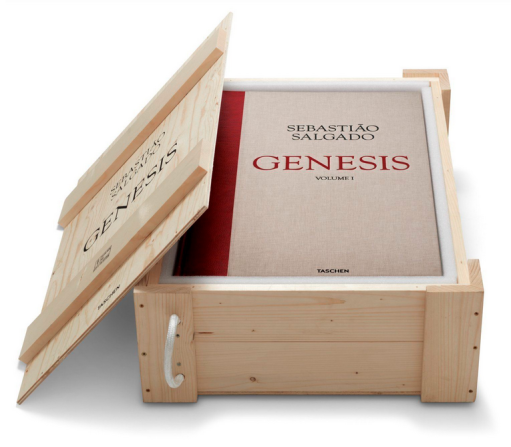
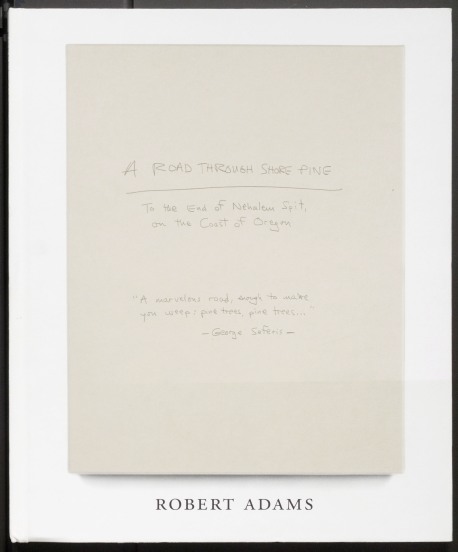
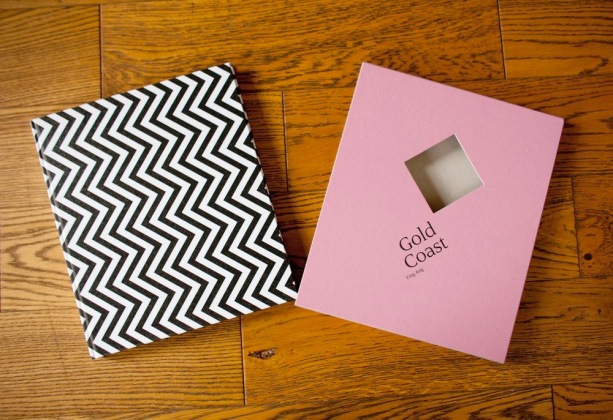

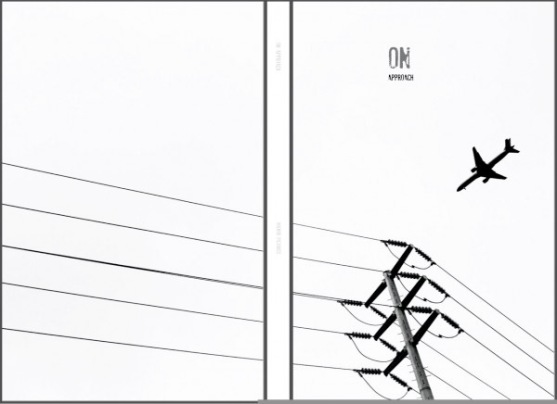
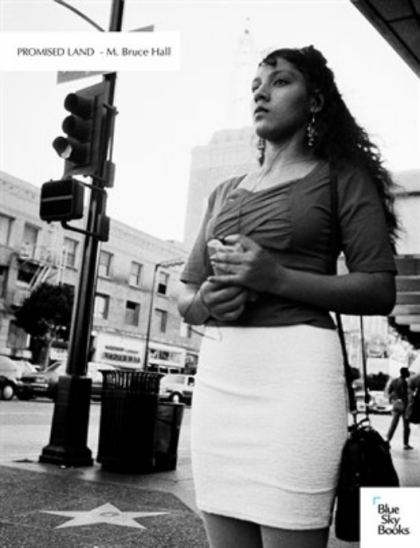
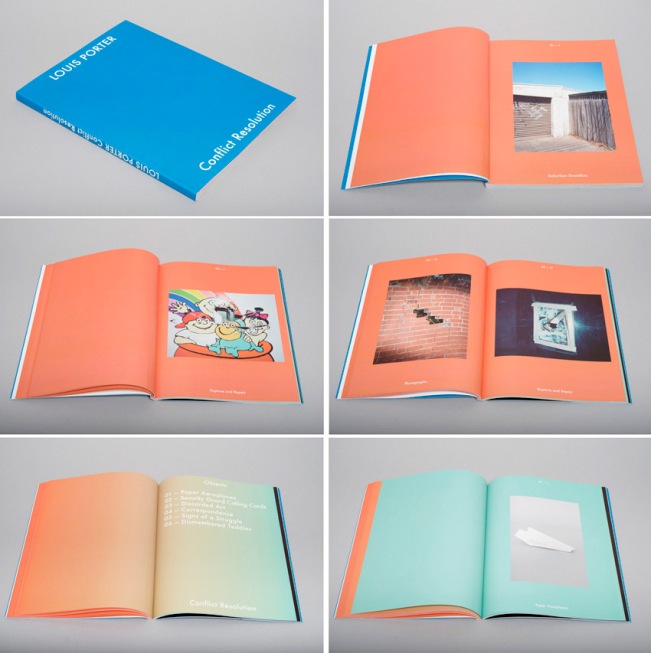
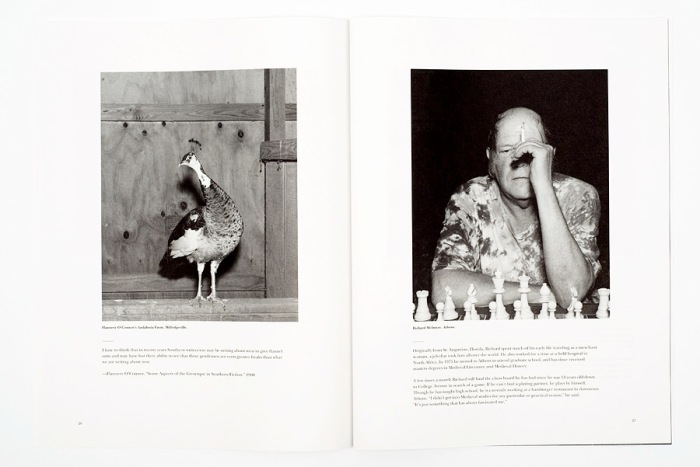
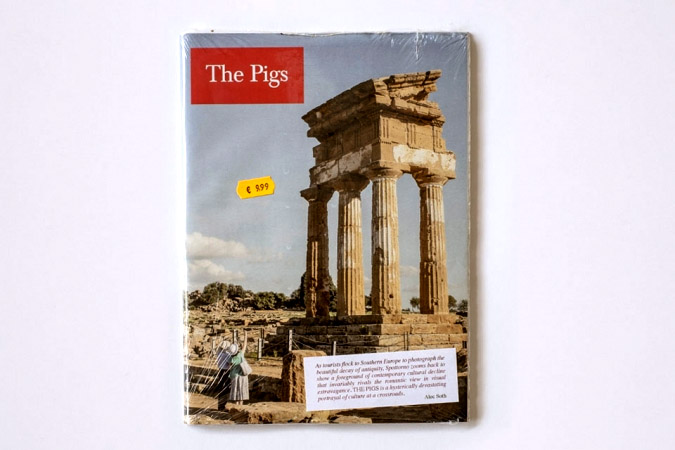
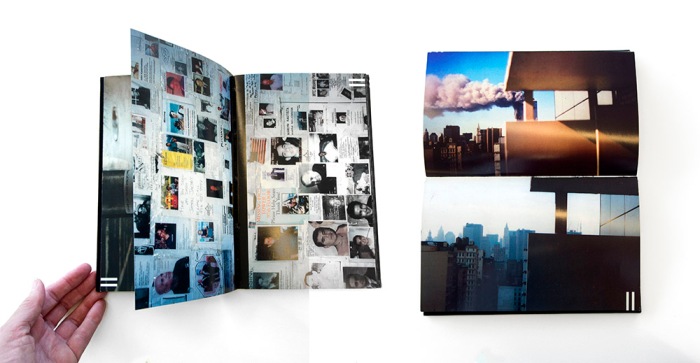

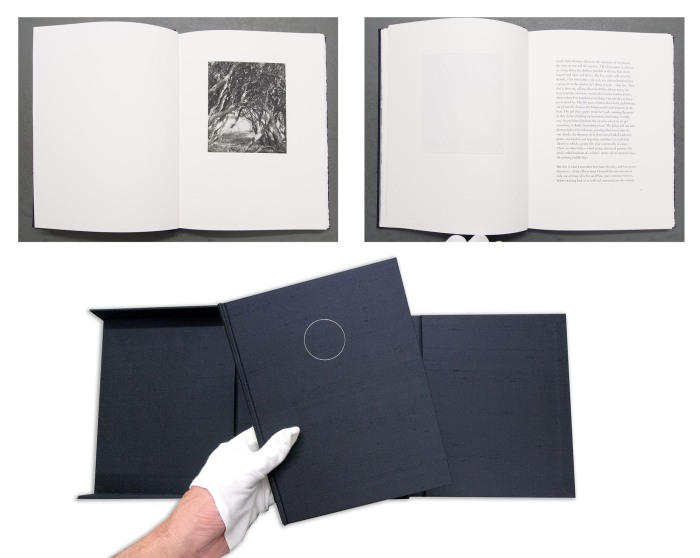
so, where do monographs begin and now, fit?
Roger Skinner
April 14, 2018 at 4:16 pm
Well Roger, Hmmm – we’ll have a chat over some red wine on Monday night….
Cooper+Spowart
April 14, 2018 at 7:41 pm